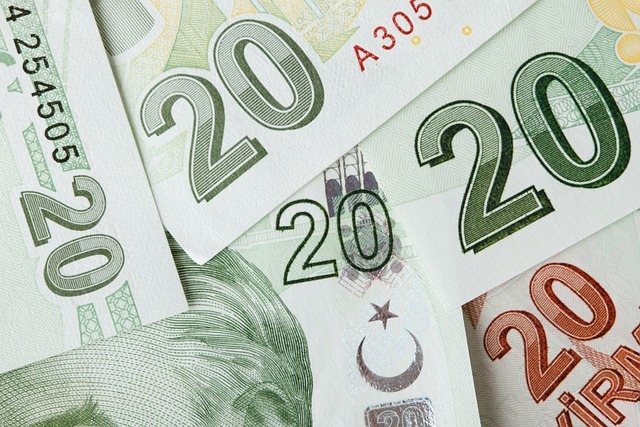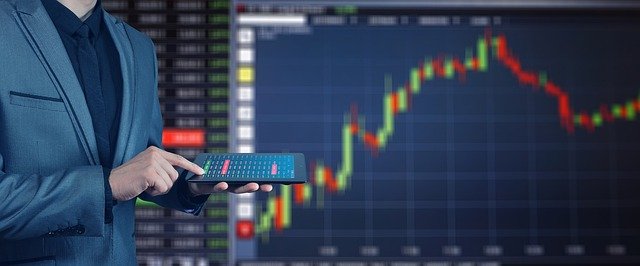In this article, we have covered the highlights of global market news about the USD/CNY, USD/TRY, USD/CAD and EUR/USD.
USD/CNY will trade in a new and higher range for the remainder of 2022 and into the first part of 2023, according to HSBC.
“USD/CNY just crossed over the frequently observed 6.80 thresholds in terms of currency. We believe this indicates that for the remainder of this year and into the first part of next year, USD/CNY will probably trade in a new and higher range.
We do not believe the positive momentum will be as strong this time, given that China-US yield differentials look stabilising and the CNY’s overvaluation has been reduced. However, USD/CNY increased strongly in April-May when it broke over 6.40.
Despite the current rising trend, it’s still conceivable that future events might act as triggers to cause the USD/CNY to reverse direction and plummet instead. For instance, if US-China trade relations strengthen and China relaxes its dynamic zero COVID-19 policy, USD/CNY may fall.
USD/TRY bulls take control over 18.00, with an eye on US data and Jackson Hole talks.
For the second day running, USD/TRY continues to rise beyond 18.00 during the early hours of Wednesday morning in Europe. By doing so, the Turkish Lira (TRY) pair fails to applaud the Central Bank of the Republic of Turkey’s (CBRT) many recent initiatives and the hawkish remarks made by the country’s Finance Minister, Nureddin Nebati. The market’s risk-off attitude ahead of crucial US data or events, which support demand for haven assets like the US dollar, might be the cause.
The discount rate on CPI-indexed bonds in the Turkish central bank’s collateral system increased from 50% to 60% on Tuesday, according to the CBRT. According to Reuters, the change would make longer-term fixed-coupon bonds more appealing to banks than CPI-indexed bonds.
In addition, the CBRT announced additional bond holding requirements for lenders, which increased demand and were intended to close the growing gap between the bank’s policy rate and lending rates.

Turkish Nebati, who applauded the CBRT’s initiatives, said, “Turkey’s annual inflation rate would commence a rapid downward trend as of December owing to positive so-called base effects, and the reduction will continue through 2023,” according to Reuters.
According to the statistics, Turkiye’s Consumer Confidence Index increased to 72.2 from 68.00 in August, but it did not support the USD/TRY bears.
USD/CAD stays above the mid-1.2900s, clinging to little intraday gains.
On Wednesday, the USD/CAD pair attracts new bids and partially undoes the previous day’s abrupt retracement decline from a six-week high. The team retains a buy tone through the early European session and is trading towards the top of its daily range in the 1.2975-1.2980 area.
Several variables work together to support the US dollar’s recovery and become a significant tailwind for the USD/CAD pair. Due to growing expectations for a further tightening of Fed policy, the overnight knee-jerk response to the poor US PMI prints proved short-lived. The markets still expect the Fed to raise rates by at least 50 basis points at its policy meeting in September. This continues to maintain the high US Treasury bond rates that underpin the safe-haven dollar, coupled with the pervasive risk-off atmosphere.
The market’s mood is still precarious amid mounting concerns about a global economic slump and challenges brought on by China’s COVID-zero policy. In addition, the primary producers’ dwindling expectations for an impending reduction in production restrained crude oil prices at the crucial 200-day SMA. As a result, the commodity-linked loonie is losing value, and the USD/CAD pair is receiving more support, which increases the likelihood of future advances. However, bulls would rather wait until Fed Chair Jerome Powell delivers a hawkish message at the Jackson Hole conference on Friday.
EUR/USD: unlikely to recover as long as the energy crisis persists – SocGen
The chief global FX strategist at Société Générale, Kit Juckes, emphasises how crucial the conditions of trade are to the health of the dollar. The euro won’t recover unless a disastrous trade disparity ends.
“In the run-up to the GFC, rising oil prices hurt both European and US terms of trade, but this time, the proportionate impact is quite different. From a US viewpoint, this demonstrates the beneficial effects of increasing oil costs on the dollar; nevertheless, for the euro, it reflects the magnitude of the continent’s difficulty.
“Until the gas situation is resolved, I can’t see any major recovery for any European currency.”
While that level may be correct, it’s tougher today to envisage a comeback before the end of the year. “Our current predictions aim for EUR/USD to dip in Q3, in a 0.95-1.00 range.”
Please click here for the Market News Updates from 23 Aug, 2022.

